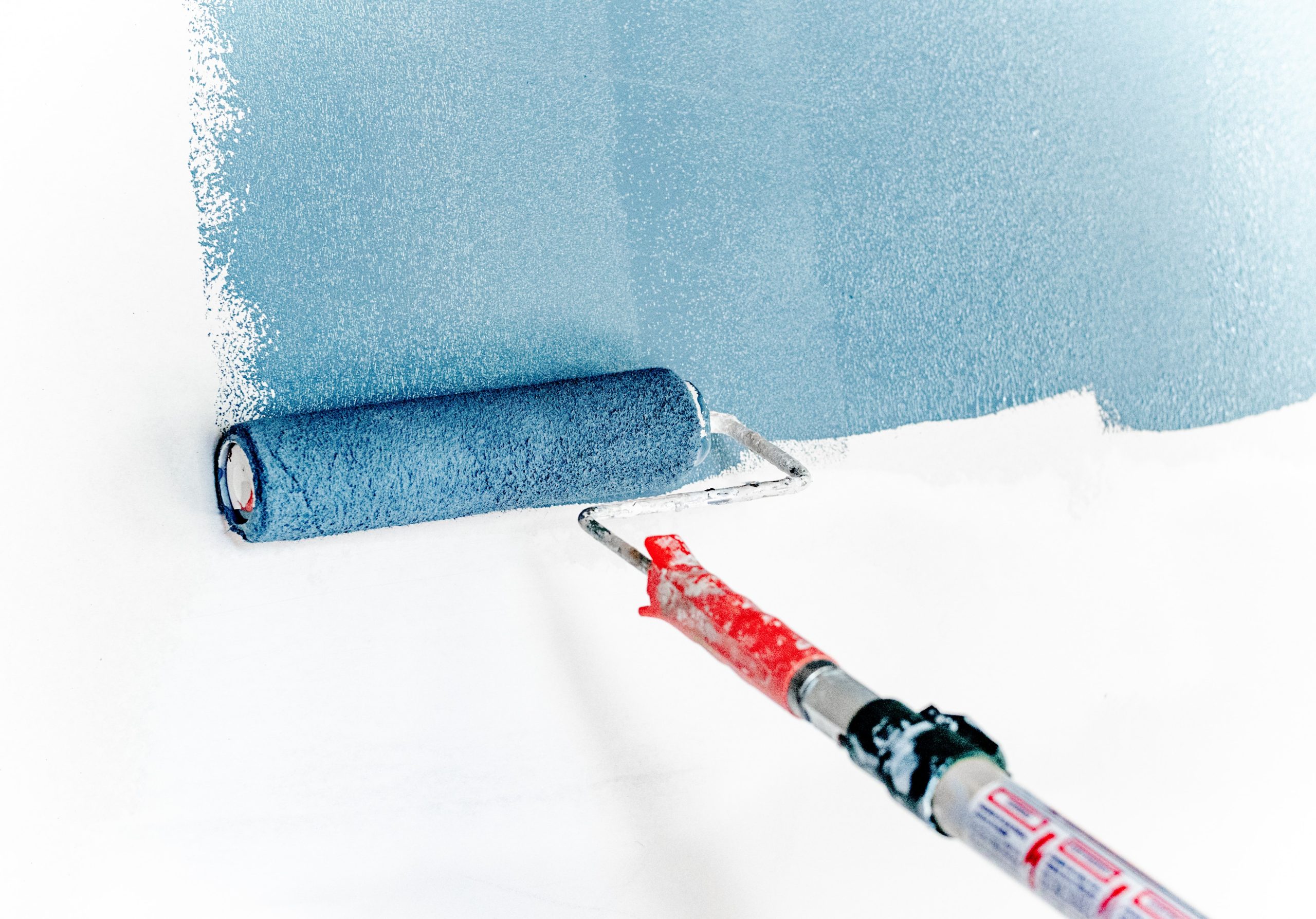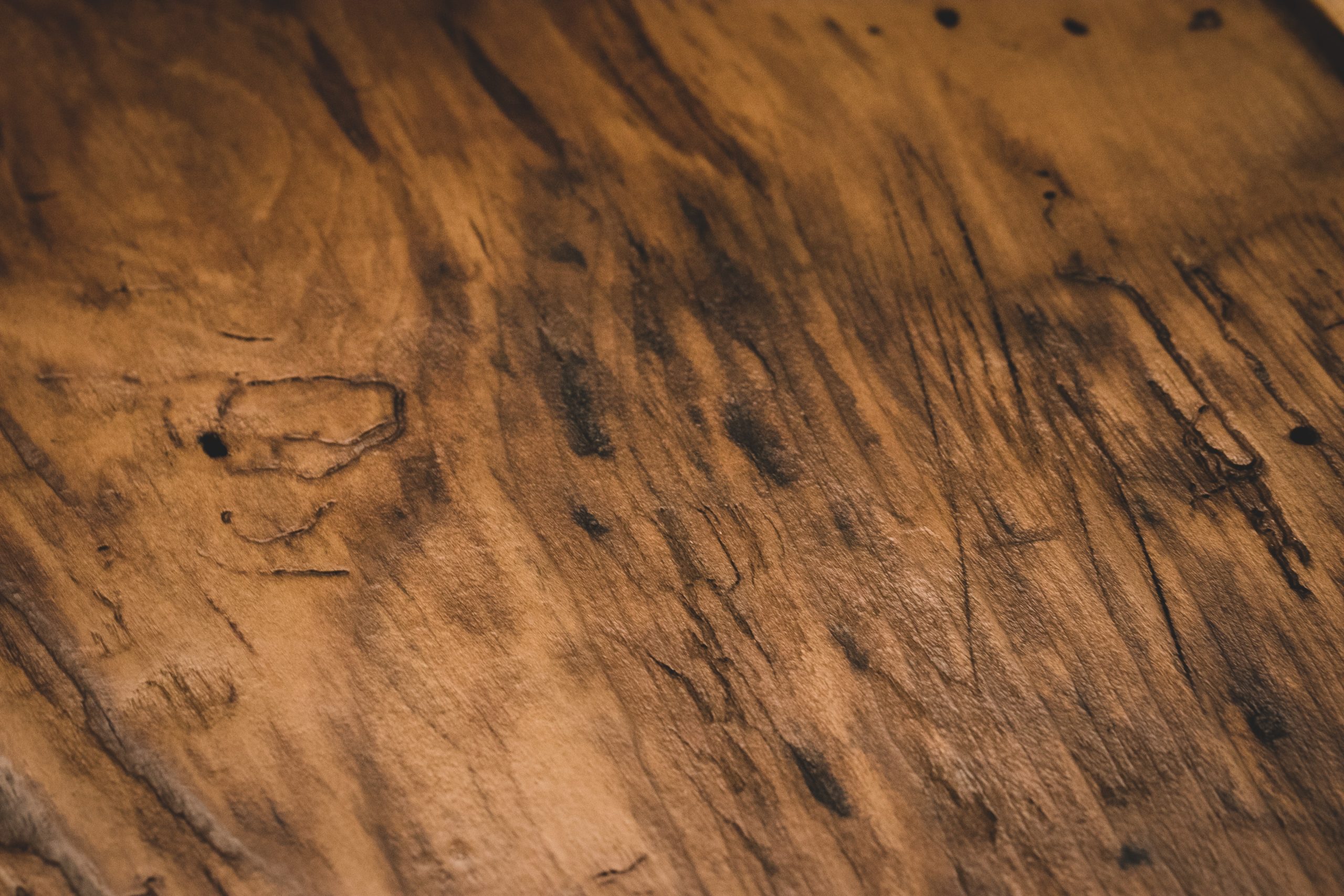Air-Purifying Paint? Yes Please!
Air-Purifying Paint? Yes Please!
Every little bit helps. Even if you haven’t changed your furniture or decor in years, most of us are constantly bringing chemicals and VOCs into our homes that come with food packaging and toiletries, new clothing and shoes, electronics and consumables like filters, printer ink and cat litter. It’s a revolving door–even the garbage bags we use to take the garbage out (ie. scented or unscented “odor control” garbage bags) unleash a lot of VOCs into the air when we shake them out and every time we open the garbage can. (cleanlivingpodcast.com)
These are the reasons I was elated to find that something as simple as paint can purify the air in your home. It’s brilliant, really, after all the years that paint added VOCs to the air, that now it can take them out of the rest of our homes. And, it can deal not just with VOCs but microbes like germs and mold. These really are super-paints, and although their cost is premium, if you can afford it, why not? Here are some of the ones that stand out.
ECOS Paints (ecospaints.net) are marketed as “paints that you can feel good about”. I feel that way about most no-VOC paints, but these are special. They have categories like “Air-Purifying”, “Anti-formaldehyde”, “EMF-Shielding”, “Pet Dwelling”, and “Lullaby” (for nurseries and nursery furniture). All formulas are water-based, are non-toxic and emit zero VOCs. Primers, stains, varnishes, concrete and stone coatings are included. My main fascination, however, was with the Air Purifying Paint. At $120 per gallon, it’s quite pricey, but you can justify the price over the lifetime of the paint. It “absorbs and neutralizes chemicals, pollutants and VOCs for improved indoor air quality.” Their Air Purifying Paints contain a molecular sieve which is designed to both stop harmful volatile organic compounds (VOCs) from being released into the air and to trap them as they float through a room. (What is Air-Purifying Paint) This sieve is zeolite, which is used in water purification, similar to activated carbon. Over time, the pores in the zeolite will become less active (the website does not say how long this takes), but considering that most people repaint every 3-5 years, renewing the paint is like changing a filter on your air purifier.
Gush Paints contain a proprietary catalyst that constantly breaks down VOCs in the room. Their research indicates that the gush proprietary catalyst (GPC) is proven to be effective for at least 5 - 8 years under real-life conditions, which is a considerable length of time to enjoy cleaner air. The literature is quite technical; GPC uses the principle of lattice doping and electron hole positioning, to interact with oxygen and water vapour in the air to form radical agents on the surface of the paint. (This is not unlike the way bipolar ions attack VOCs through hydroxl radicals.) It claims that VOCs are broken down at the rate of 99% in 21 hours. They also stop mold and 99.9% of infection-causing bacteria. At $70-75 per gallon, it has air-purifying and washable versions, which the air-purifying capability also somewhat regulate humidity. Gush paints are GreenGuard Gold certified. The colors are very hip with names like “boogie board” and “coffee beam”... perfectly named for the area they are manufactured, southern California.
Smog Armor is made in Florida and uses zeolite (similar to ECOS Paints), which adsorbs VOCs and carbon dioxide, too. It does not release them back into the environment and remains active for about 5 years. It’s currently only available for commercial projects, but we can see the market for these types of paints expanding.
Even Sherwin-Williams has picked up on this market. Its SuperPaint with Air Purifying Technology ($75 per gallon) is mold and mildew inhibiting, zero VOCs, and helps reduce V.O.C. levels from potential sources like carpet, cabinets and fabrics and works to reduce unwanted household odors. It’s also GreenGuard Gold Certified, but it is a latex paint, so those with latex allergies should be advised.
Paints that incorporate Corning Guardiant, a finely milled glass-copper powder, harness the power of copper as an antimicrobial shield for their walls. These include PPG Copper Armor (starting at $47/gallon) and Behr Copper Force (starting at $35/gallon), both available at Home Depot in a wide selection of colors. Copper Force is Greenguard Certified, works to continuously kill 99.9% of viruses (SARS CoV-2 and Feline calicivirus) and bacteria (Staphylococcus aureus and Pseudomonas aeruginosa) on your painted surfaces within 2 hours of exposure, for up to 6 years as long as the paint film integrity is maintained. Copper Armor “kills 99.9% of S. aureus (staph), P. aeruginosa, K. aerogenes as well as MRSA, Enterococcus faecium, E. coli O157: H7, Salmonella enterica and viruses norovirus (feline calicivirus) and SARS CoV-2 within 2-hours of exposure when used as part of a comprehensive infection control program for up to 5-years.”
Although Airlite is an Italian company and mostly available overseas, I thought I would tell you a little about their technology, because it seems different than the other paints presented. “Airlite uses the energy of light to generate a small concentration of electrons on the surface on which it is applied. These electrons interact with water and oxygen present in the air to generate negative ions. When the air comes into contact with the wall on which Airlite is applied, the ions present near the surface interact with the polluting molecules and transform them into water-soluble, invisible and harmless mineral salts.” The company has partnered with a number of artists and organizations to refresh and create outdoor murals, in order to reduce outdoor pollution as well. The efficiency of the Airlite properties are guaranteed for 10 years; as long as there is light and humidity in the air, the benefits of Airlite will be active. With its negative ions, Airlite also destroys viruses, bacteria, and mold at its surface, and repels dust and dirt. It’s a radiant reflector, with a saving of electricity for air conditioning between 15 and 30%. Brilliant!
A fresh coat of paint has long been uplifting to our eyes and moods, but with these added technologies, these benefits are going beyond aesthetics to better health…making it easier to live in a polluted world. Every little bit helps!
Photo by Greg Rosenke on Unsplash




